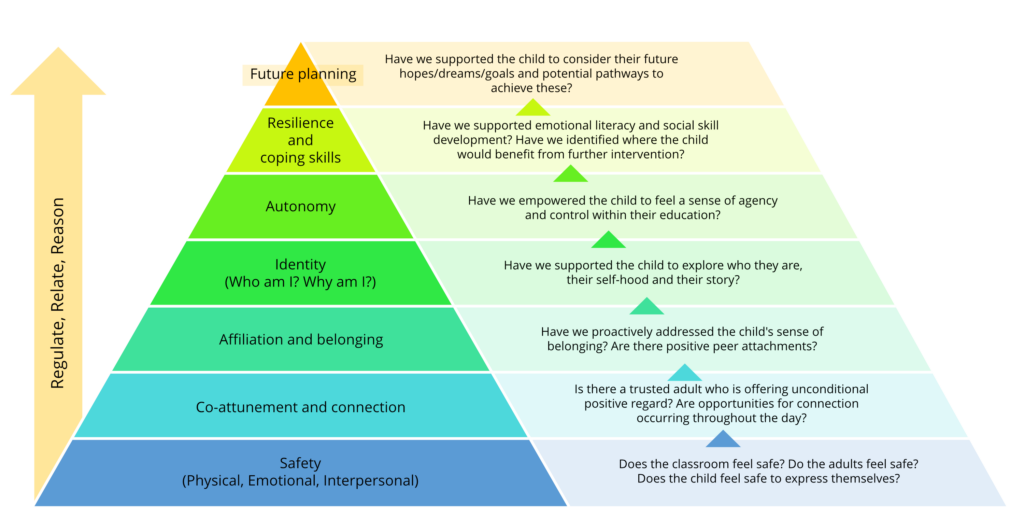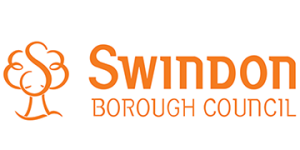Creating a trauma sensitive classroom

Over the last 2.5 years I have held a specialist role in my Local Authority which centred upon supporting and imbedding trauma-informed practice with another service.
This blog can also be read with the companion piece: Using the Applied Trauma Responsive Classroom observation schedule.
The journey towards trauma informed practice
As part of this role I have been on an immersive journey with trauma-informed practice. I have had to develop my understanding of the research, literature, projects and applied practice to be able to offer the most effective support I could. I think that when we consider trauma-informed practice we must view this as a journey, it is not as simple as deciding we are going to become trauma-informed, it involves us reflecting and reconsidering our practice across many different facets. This journey takes time, resources, and commitment from members at each level of an organisation.
Our school staff have demonstrated incredible resilience throughout the COVID-19 pandemic and the associated difficulties with staffing, traumatic incidents and supporting cohorts who have missed out on their education. When supporting staff, I continue to hear common themes of being overwhelmed and overstretched, yet these staff are often eager for further support to meet the needs of their children. Schools want help and resources to respond to trauma, but do schools currently have the capacity to enter a reflective journey akin to that I have described above?
Ever the pragmatic realist, I wanted to offer education staff a simple and accessible way to apply trauma-informed approaches in the classroom. I am very aware that by supporting staff to support children, we are only focussed on one facet of a trauma-informed approach, nonetheless I feel this is a valuable starting point.
The Applied Trauma Responsive Classroom Model (ATRCM)
The ATRCM was created as a practical model to support classroom staff sequence their approaches and interventions with students in a trauma-responsive way. I had noticed that sequencing as a concept is often overlooked in responding to trauma, considering at what point we offer support and if this support is meeting the current needs of a child.
The ATRCM offers a framework to respond to a progressive set of needs, both through the visual model (figure 1) and an additional observation and planning schedule.

I developed the ATRCM by operationalising some of the brilliant research, theory, and literature I had been immersed in during my time considering trauma-informed practice. It was inspired by The Trauma Recovery Model (Skuse and Matthews, 2015) which is now becoming more widely used to meet the needs of children involved with the Youth Justice System.
I have found much of the literature and approaches written by Karen Treisman, Louise Bomber, and Kim Golding essential in developing my understanding and these have had a significant influence over the current model. In addition, I drew on the following theories to contribute to the model:
- Maslow’s Hierarchy of Needs (Maslow, 1943) which offers the most well-known model of sequencing at different levels of need.
- Borba’s building blocks of self-esteem (Borba, 1989) notably form the basis for some of the Emotional Literacy Support Assistant (ELSA) training. I felt aligning with this well-used model which also talks about meeting needs sequentially, would be helpful to build on an existing language.
- Bruce Perry also suggests a sequence of responses that will support a child to learn, think and reflect within his 3 R framework (Perry & Ablon, 2019). Perry’s 3 Rs run alongside the model.
I hope that the ATRCM can offer an operational framework, which education staff can use to apply the exciting and inspiring trauma-informed theory and resources that are already available to them.
I want the model to be freely available, to enable schools to consider, adapt and build their trauma responsive practice as part of the steps they may like to take on their trauma-informed journey.
You can access a high quality version of the ATRCM Model.





Dear Dr Carter,
we are really interested in your work. We are a Virtual School/SEND Partnership working on developing a nd delivery trauma informed to trauma responsive practice across Cambs.